If I was going to drive all the way up to Carson City, Nevada all by myself for the Great Western Steam Up, then I was going to ride every train it had to offer while I was there.
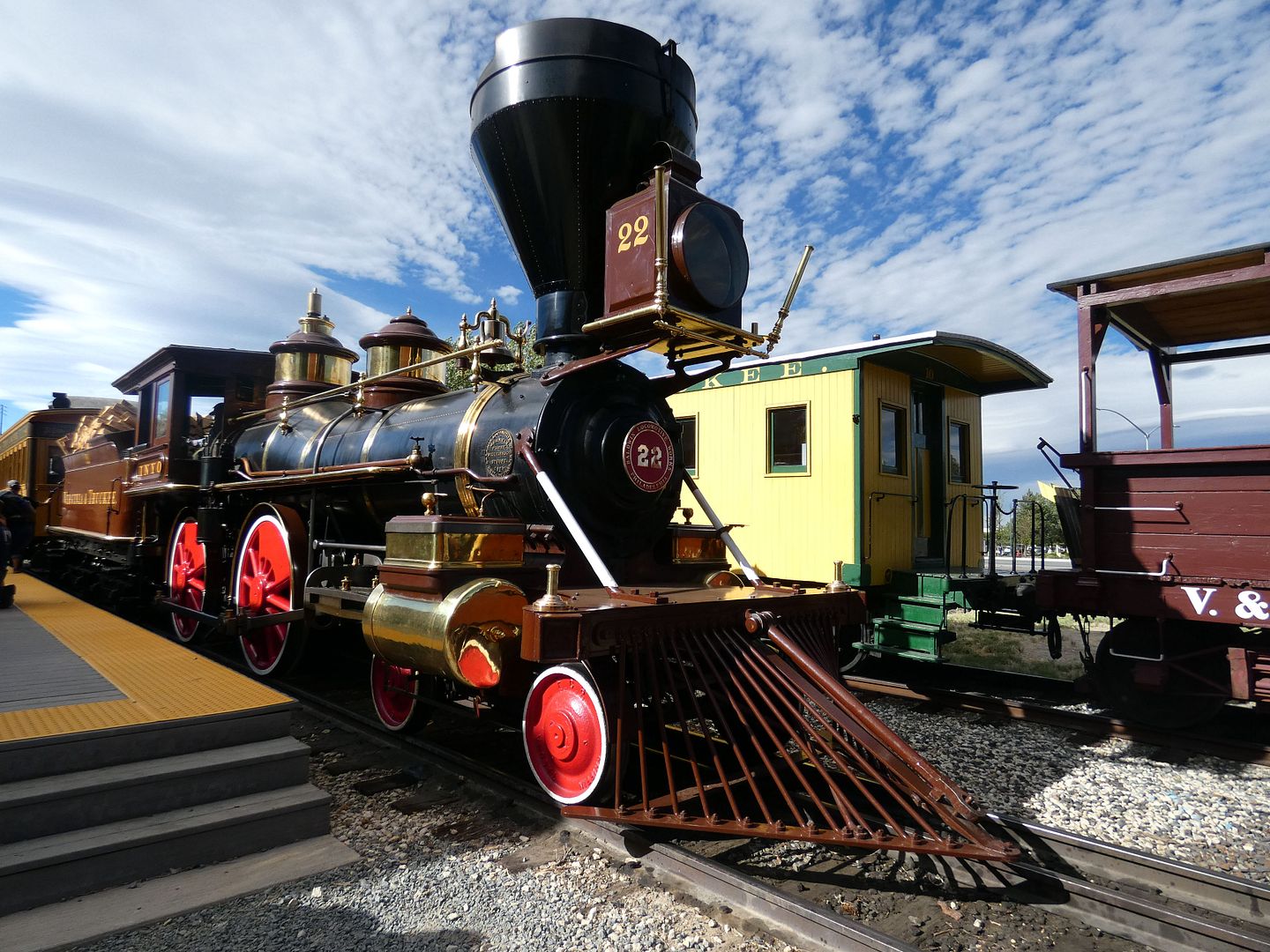
And that meant signing up for the special excursion pulled by the Virginia & Truckee Railroad No. 22, Inyo.
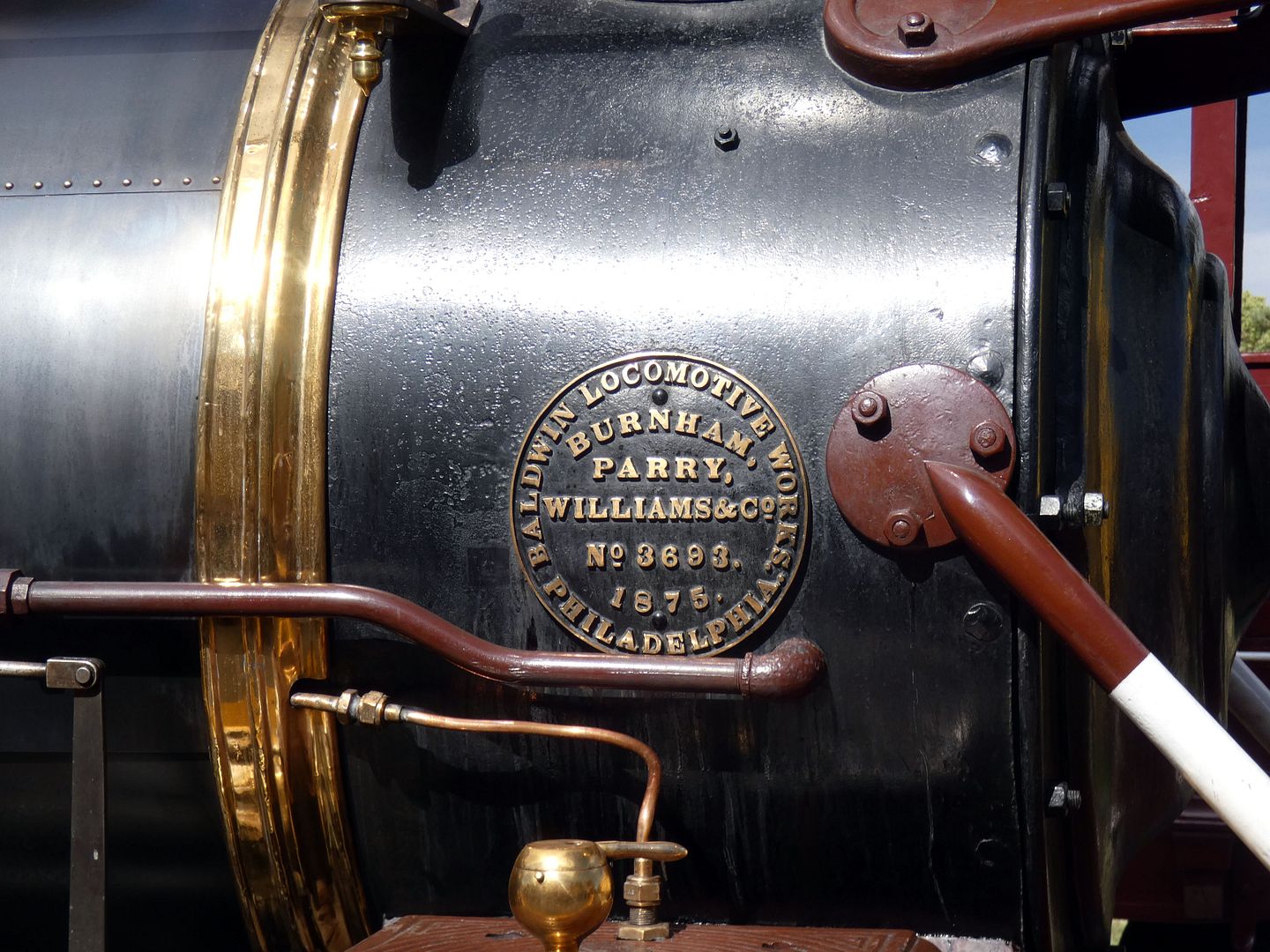
Built in 1875—the year of peak Comstock Lode production—by Baldwin Locomotive Works in Philadelphia, the Inyo is a 4-4-0 standard gauge "American" type steam locomotive. The numbers translate to mean that the locomotive has 4 leading wheels on two axles, 4 powered and coupled driving wheels on two axles, and 0 trailing wheels.
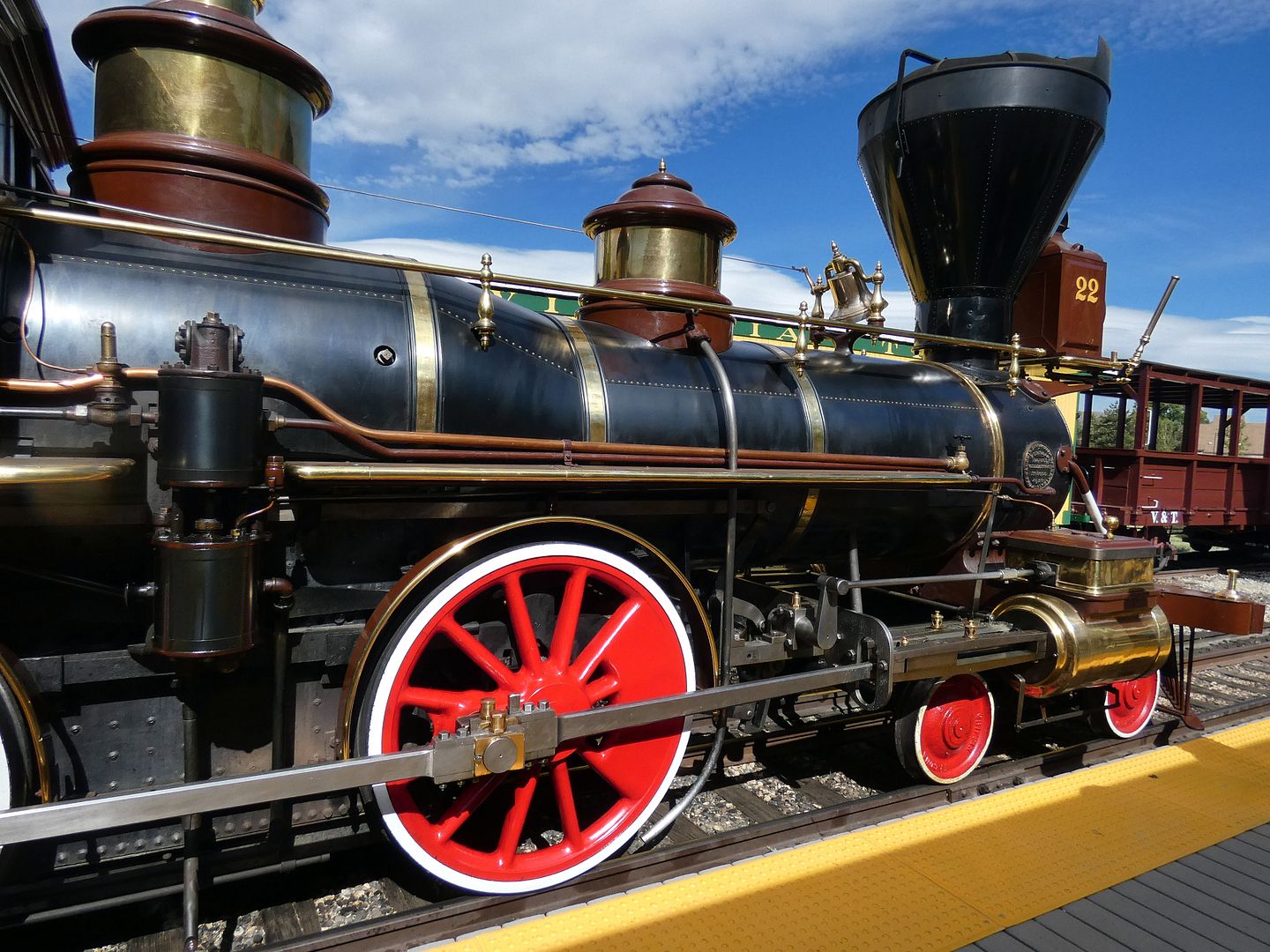
Initially, the V&T used the Inyo as a relief engine (basically an alternate for another locomotive that might need to be taken out of service) for passenger rail. Its shiny brass detailings earned it the nickname "Brass Betsy."
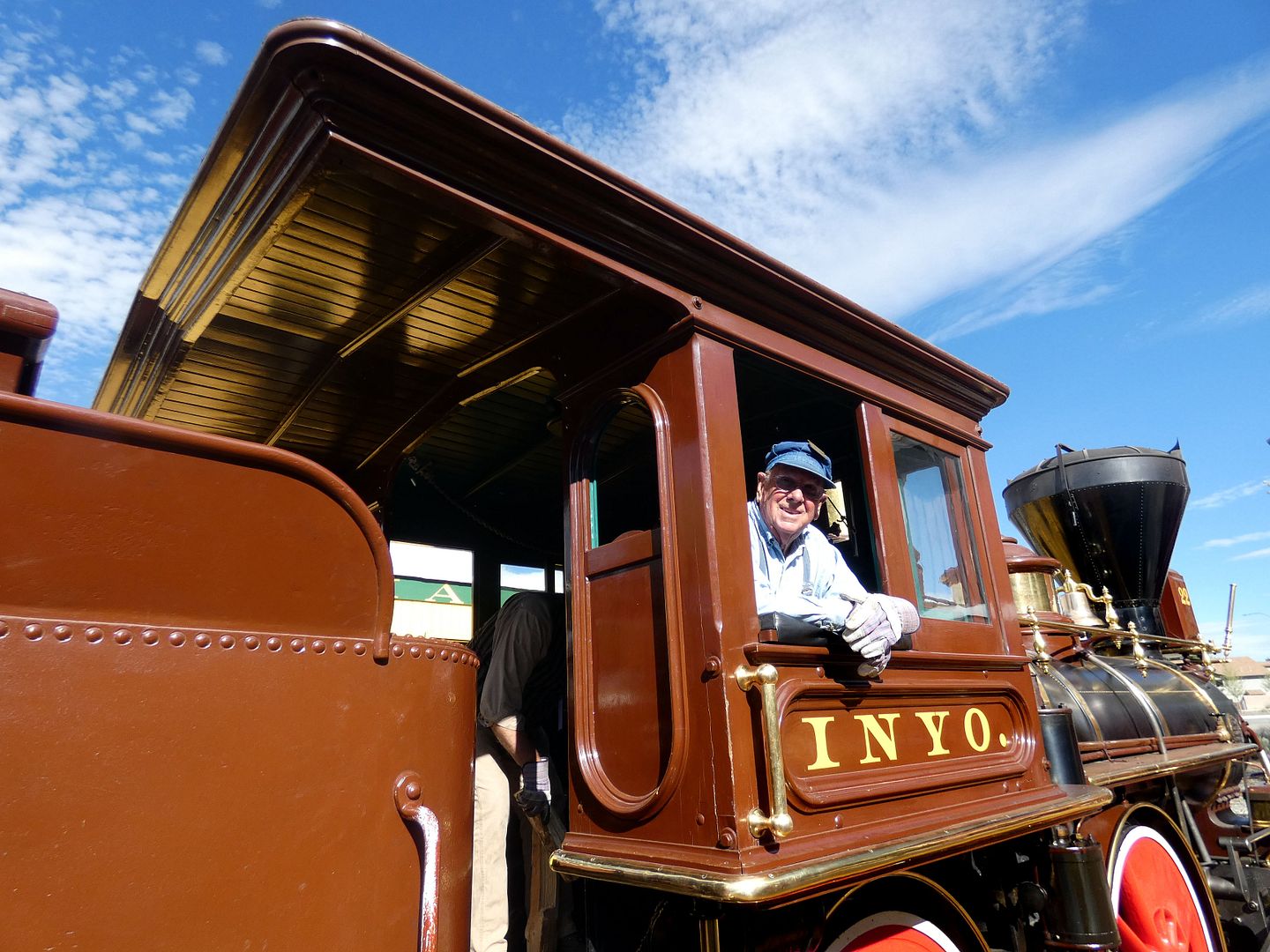
By 1890s, it was being used as an express train between Virginia City and Reno—and by the early 20th century, it had been relocated to Tonopah to help out with its silver mining boom. It returned in 1924 to run on the V&TRR as both passenger and freight service, consolidated into one train, and retired in 1926.

It's changed over the years—having been rebuilt in 1903 and converted to burn oil in 1910—but in 1983, the Nevada State Railroad Museum restored it to steam operation and its 1893 appearance, which is how it runs and looks today.
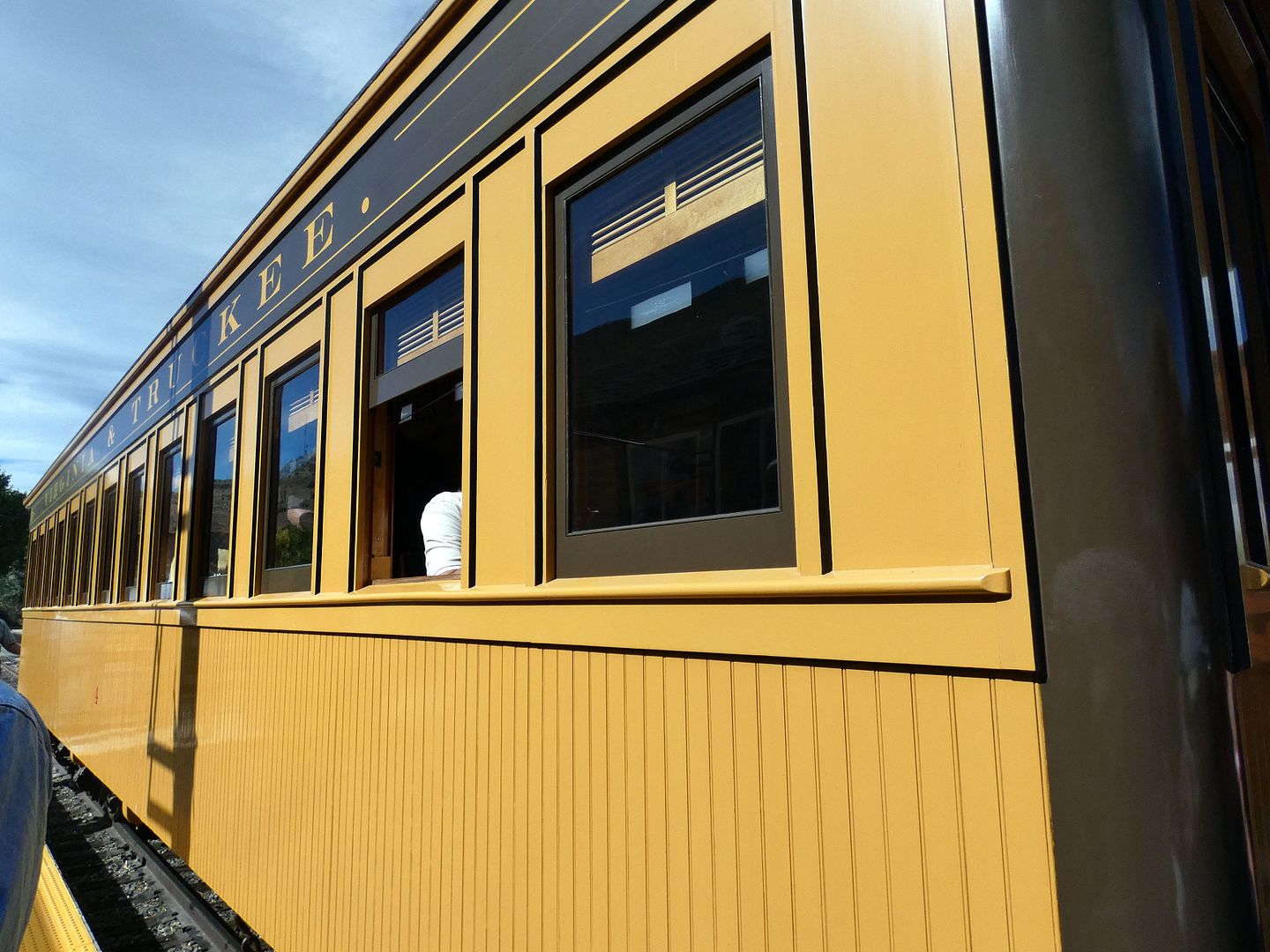
I almost had decided not to ride it at all. My plan had been to attend the Great Western Steam Up on the same day I would be driving back to LA, making sure I'd leave early enough to make the seven-hour drive back home without getting too tired or driving too long in the dark.
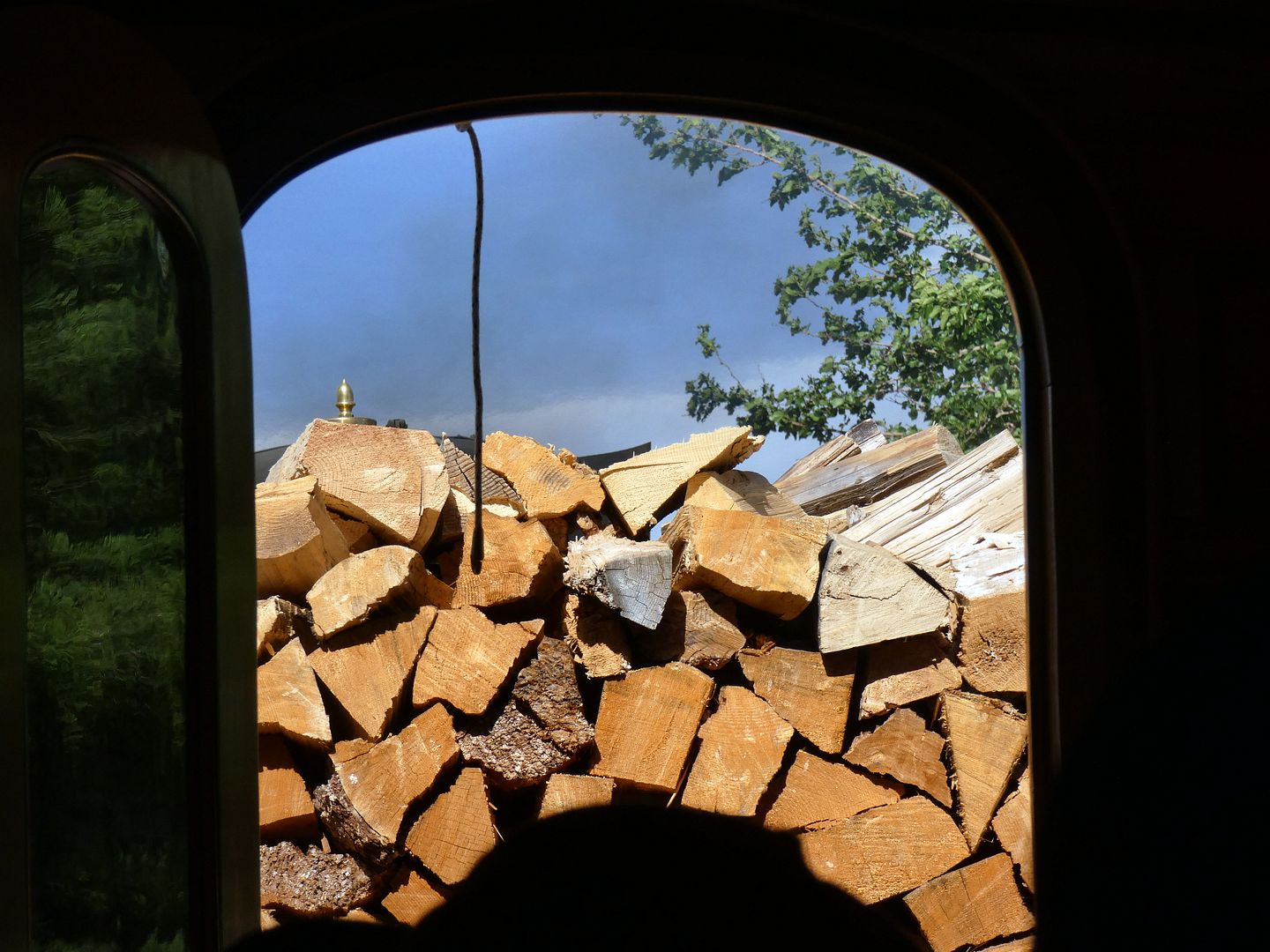
But then the 12 noon departure time got pushed to 4 p.m., and the rest of the Inyo excursions for the weekend were already sold out, eliminating the chance to simply reschedule. At that point, I could've canceled—something I just couldn't bear to do.
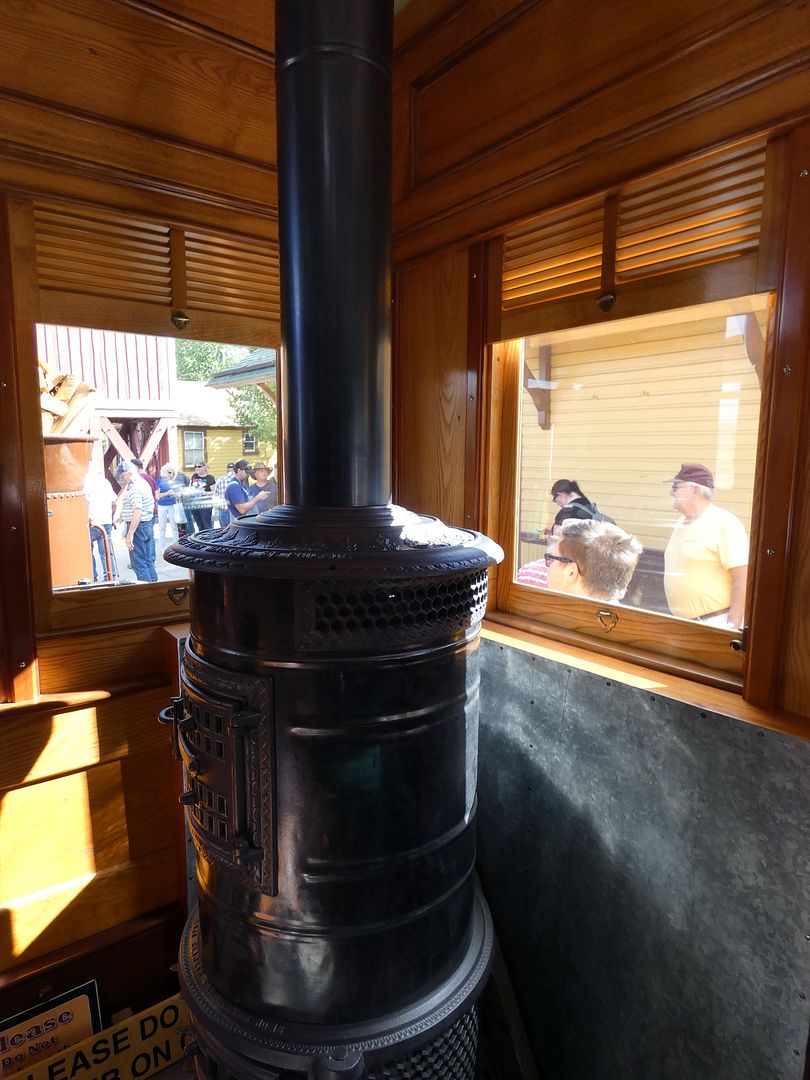
So, I decided to buck up and hit the road whenever the Inyo finished its journey—which, as it was running behind schedule, ended up being after 5 p.m. I got home to LA around 1 a.m. the next morning.
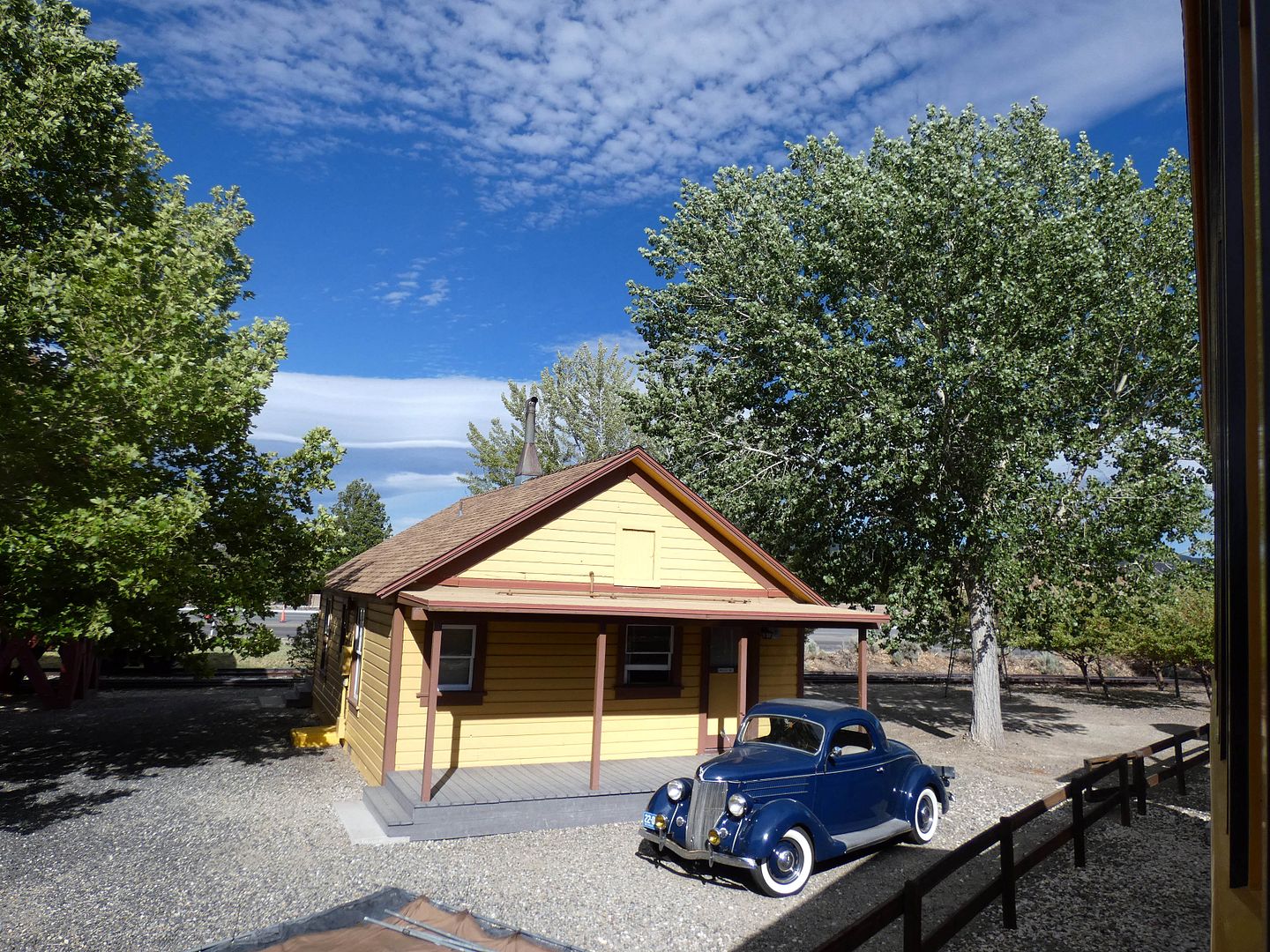
In the end, I'm glad I stuck with it—because the Inyo is a famous "movie star train" that few get to ride behind anymore. After being sold to Paramount Pictures in 1937, it starred in dozens of movies and TV shows, such as the films Union Pacific (1939), Meet Me in St. Louis (1944), and Disney's The Great Locomotive Chase (1956). Its final performance was on the small screen: in The Wild, Wild West TV show in 1965.
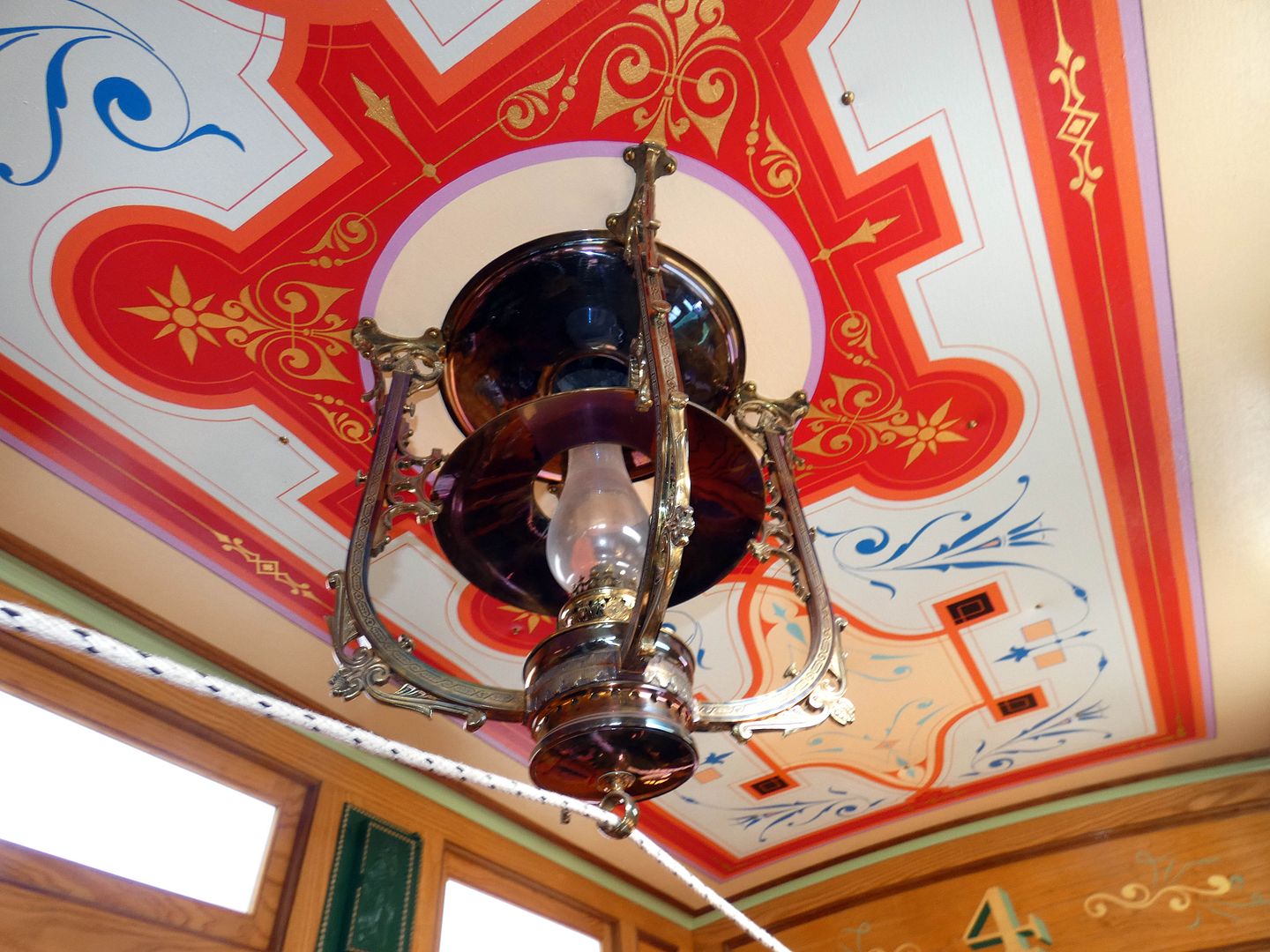
The scenic excursion during the Great Western Steam Up was also really special because we got to ride in the Coach No. 4 passenger car...

...built in 1872 by the Kimball Carriage and Car Manufacturing Company of San Francisco.

This passenger coach is first class all the way—with brass lighting fixtures, an intricately painted ceiling mural, and decorative adornments throughout.
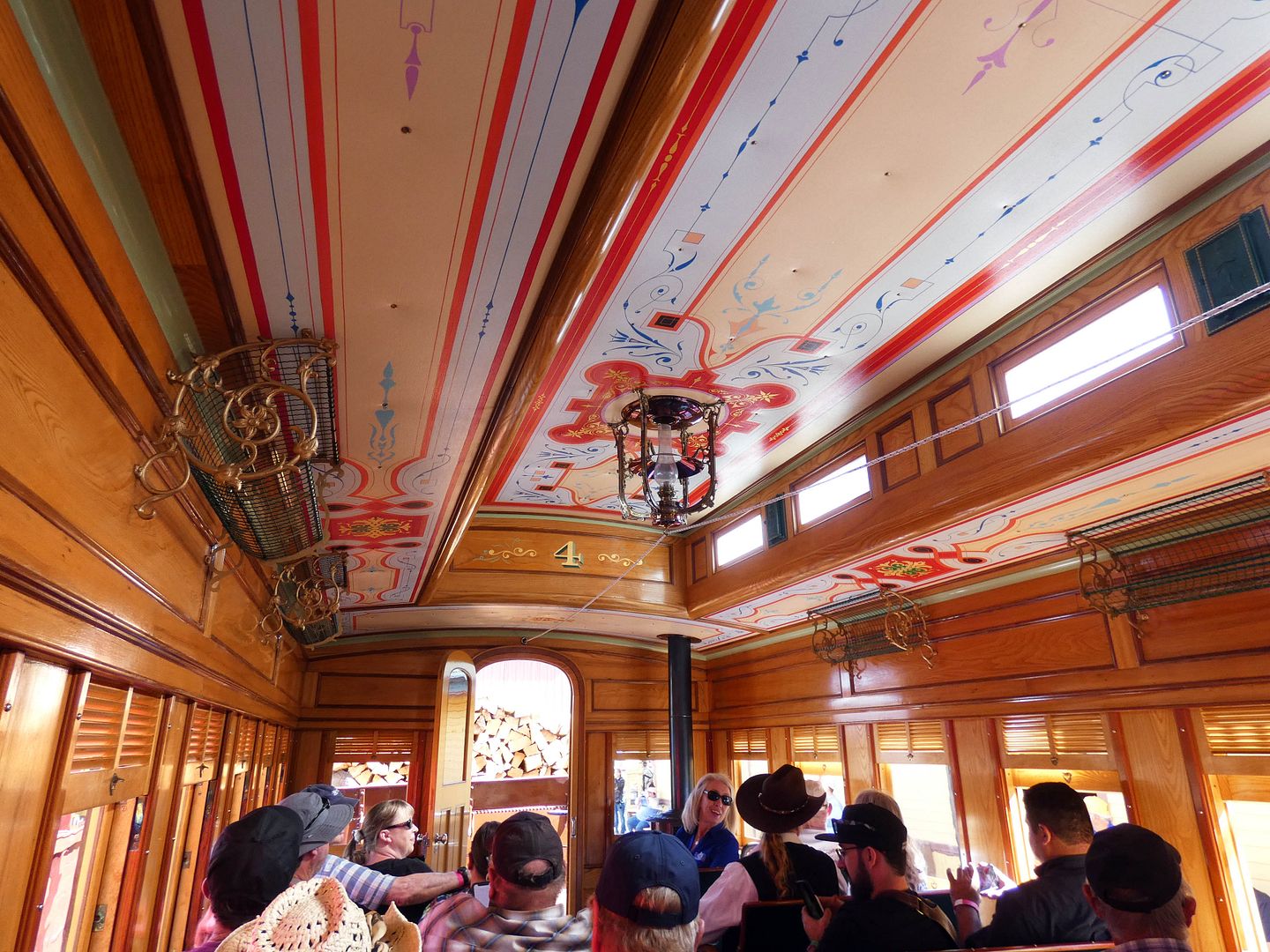
On the Virginia & Truckee Lightning Express passenger train from Virginia City, first-class passengers could ride to Reno and connect with the Central Pacific Railroad, which offered rail service to San Francisco and beyond.

We rode as they might've, sitting on plush, jewel-green cushioned benches (whose backs could flip around to change the direction you're facing)...
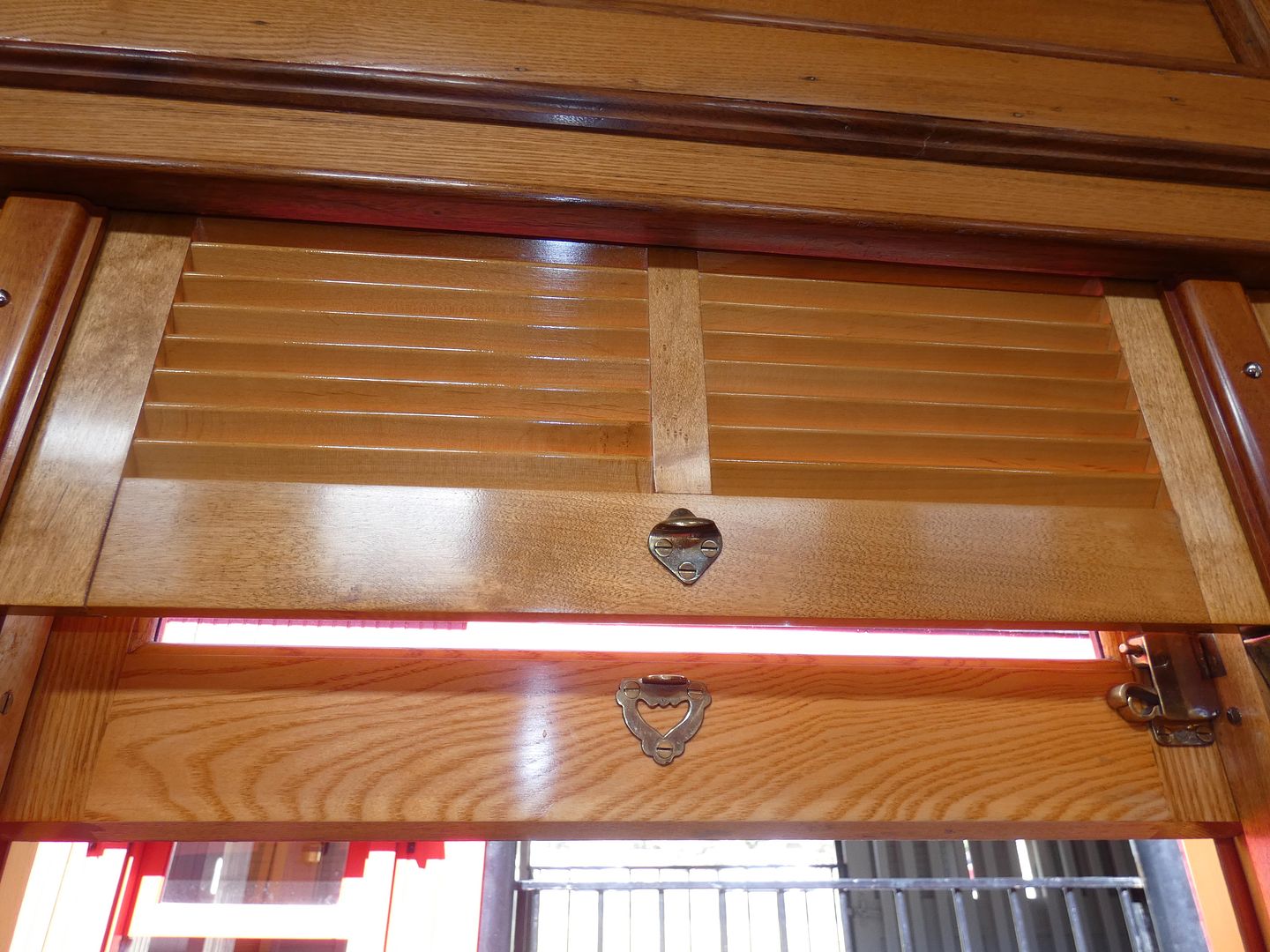
...pulling louvered wooden shades up...
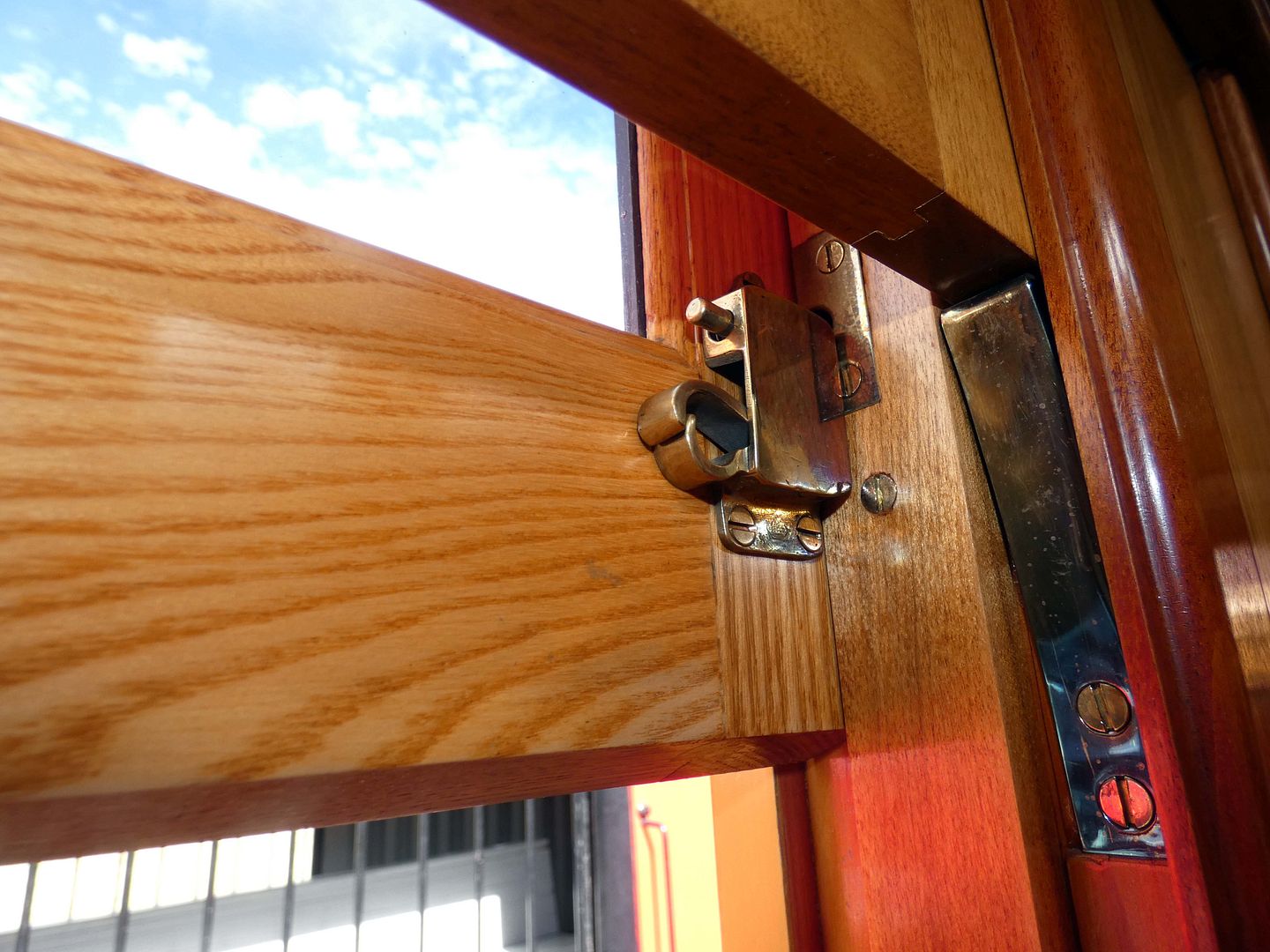
...and latching windows in the "up" position to let as much air as possible in.
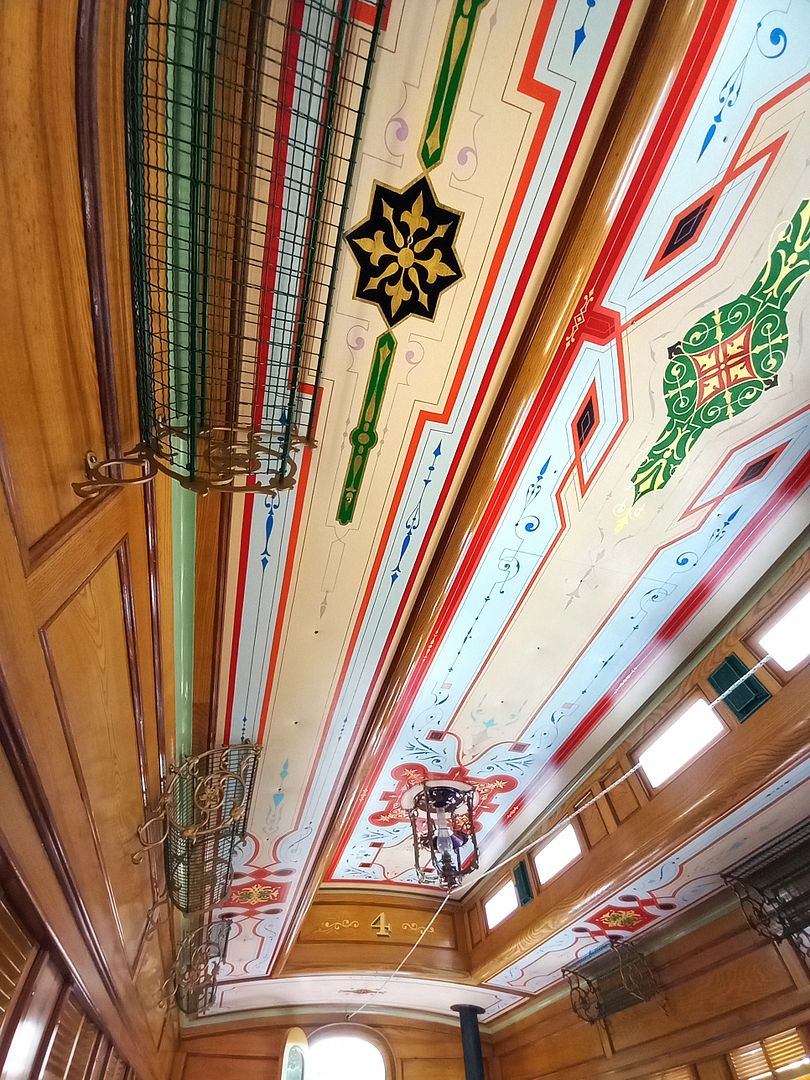
The Kimball Coach No. 4's lighting was electrified in 1917—but there's still no air conditioning.
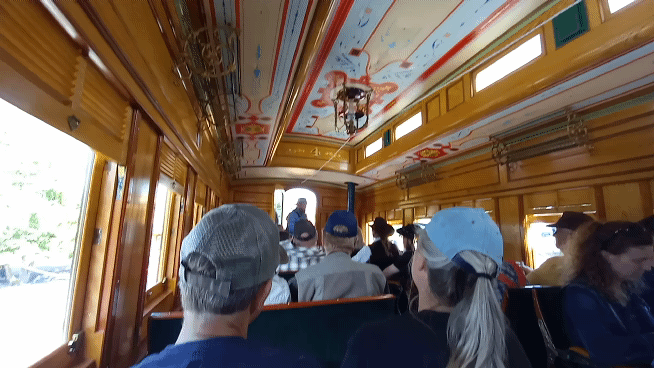
Paramount Pictures bought this passenger car, too, in 1938—using it for its own movies and television (like 1959's The Last Train from Gun Hill and the 1960s series The Wild, Wild West) and sometimes leasing to MGM (like for 1951's The Tall Target) until 1972. In 1984-5, Coach No. 4 was restored by then-owner Short Line Enterprises to its mid-1880s appearance (a.k.a. the Lightning Express era).

For me, the ultimate experience is to get to ride the rails—to be transported through time and space by historic rolling stock. But some are happy simply to spectate—and climb cliffsides, cross active right-of-ways, or race the railroad in their cars to get the perfect shot.
I'd rather be on the inside looking out, rather than the outside looking in.
Related Posts:

No comments:
Post a Comment